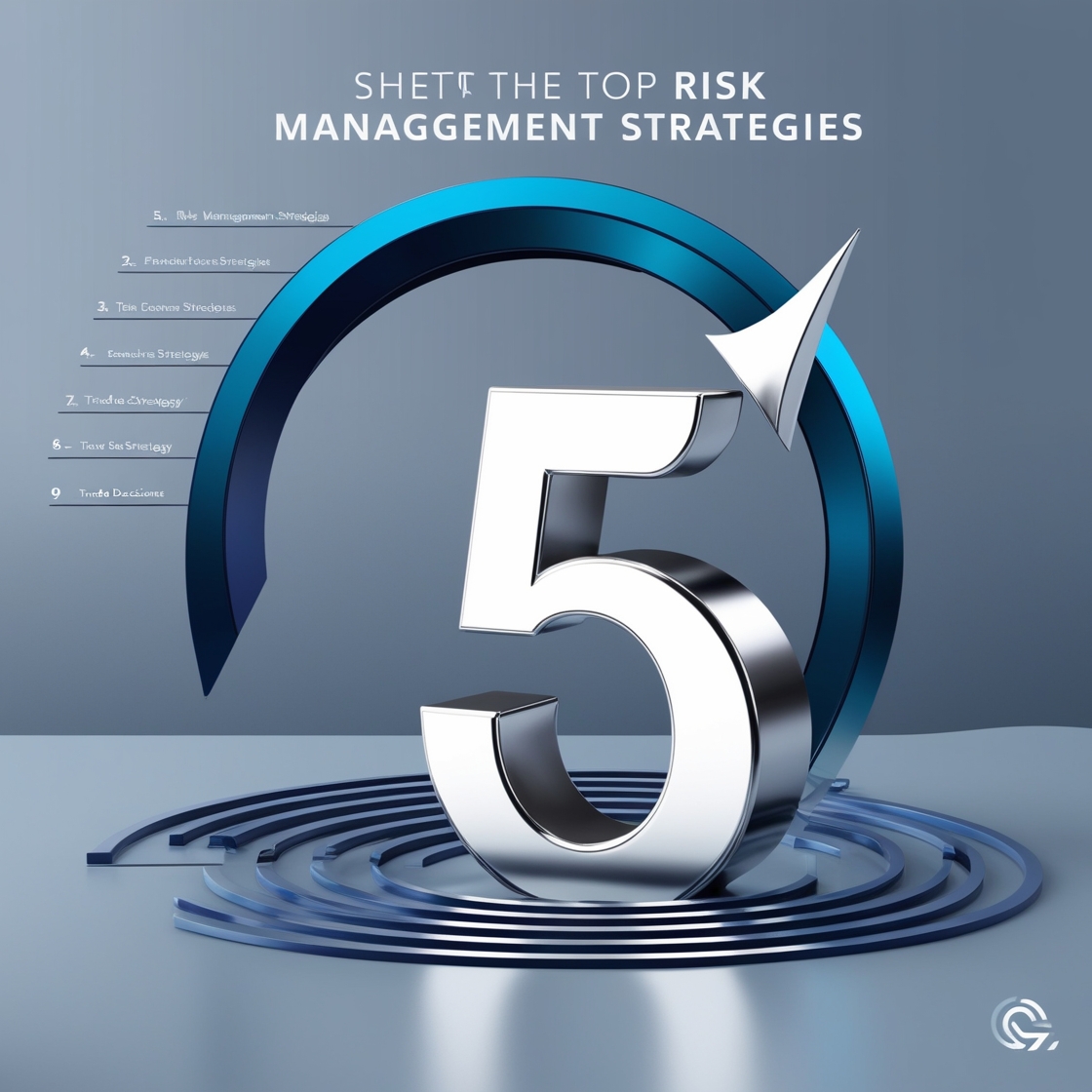Introduction
Trading can be exhilarating, but it’s also a world fraught with risks. Managing these risks effectively while making quick decisions is what sets successful traders apart. Why? Because markets move fast, and opportunities often vanish in seconds. To thrive in this competitive environment, you need robust risk management strategies that don’t slow you down.
This article explores the top five risk management strategies designed to help you make faster, smarter trade decisions while keeping potential losses in check.
What is Risk Management in Trading?
Risk management in trading refers to the process of identifying, assessing, and mitigating potential losses to preserve your capital. At its core, it’s about balancing the fine line between risk and reward. Without proper risk management, even the most promising trades can turn into financial disasters.
Why Speed Matters in Trading
In the trading world, speed is everything. Competitive markets are driven by split-second decisions, and hesitation can lead to missed opportunities or unnecessary losses. Delayed decisions often result from a lack of preparation or poor risk management frameworks. By implementing efficient strategies, you can react to market changes faster without second-guessing your actions.
Strategy 1: Establish Clear Risk Tolerance
Defining Personal or Organizational Risk Levels
Before making any trades, it’s essential to determine how much risk you’re willing to take. Are you comfortable with a 2% loss per trade, or is a 5% threshold more suitable? Defining this upfront creates a solid framework for decision-making.
Using Risk Tolerance as a Decision Framework
Once your risk tolerance is clear, it acts as a guide for every trading move. For instance, you’ll know exactly when to exit a trade to prevent losses from spiraling out of control.
Strategy 2: Diversify Your Portfolio
Spreading Risk Across Assets
Diversification is a tried-and-true strategy for managing risk. By spreading your investments across different assets—stocks, commodities, or currencies—you minimize the impact of a downturn in any single market.
Avoiding Overexposure
Overexposure to one sector or asset type can be detrimental. A well-diversified portfolio cushions the blow of market volatility and ensures smoother trading outcomes.
Strategy 3: Implement Stop-Loss Orders
What Are Stop-Loss Orders?
Stop-loss orders automatically close a trade when it reaches a predetermined loss level. This prevents your losses from exceeding your risk tolerance, even if the market moves against you.
Benefits of Automation in Risk Management
Automation eliminates the need for constant monitoring and removes emotional interference. It’s like having a safety net in place, allowing you to focus on new opportunities without worrying about existing trades.
Strategy 4: Use Real-Time Analytics and Tools
Leveraging Technology for Insights
Modern trading platforms offer real-time analytics, helping you spot trends and anomalies instantly. These tools provide actionable insights, ensuring you make informed decisions quickly.
Choosing the Right Platforms
Not all platforms are created equal. Look for ones that offer robust risk management features, intuitive interfaces, and fast execution speeds. Combining the right tools with your strategies enhances your ability to act decisively.
Strategy 5: Stay Emotionally Disciplined
Psychology of Trading
Emotions can cloud judgment, leading to impulsive decisions. Fear might cause you to exit too early, while greed can push you to stay in a losing trade longer than necessary.
Techniques to Manage Emotional Bias
Meditation, journaling, and adhering strictly to your trading plan can help you stay focused. The goal is to eliminate emotional bias so you can act rationally under pressure.
Tools to Support Faster Risk Management Decisions
Popular Risk Management Tools
From MetaTrader to Bloomberg Terminal, there are numerous tools designed to help traders manage risks efficiently. These platforms offer features like advanced charting, automated alerts, and AI-driven recommendations.
Integrating AI for Enhanced Speed
Artificial intelligence is transforming trading by analyzing vast datasets in seconds. Incorporating AI tools into your strategy can significantly improve both speed and accuracy.
Common Mistakes in Risk Management
Ignoring Market Trends
Failing to monitor trends can result in poor timing and unnecessary losses. Always keep an eye on market indicators.
Overleveraging in Trades
Taking on too much leverage magnifies risks. Stick to leverage levels that align with your risk tolerance to avoid catastrophic losses.
Benefits of Effective Risk Management
Enhancing Profitability
Well-managed risks lead to more consistent profits by minimizing losses and optimizing gains.
Reducing Stress
Knowing you have a plan in place to handle potential losses helps you trade with confidence and peace of mind.
Adapting Strategies to Market Conditions
Monitoring Changes in Volatility
Markets are dynamic, and volatility can shift rapidly. Adapting your strategies to current conditions ensures you remain effective.
Flexibility in Trading Plans
A rigid plan can be a liability. Be prepared to tweak your approach based on new data and market developments.
Final Thoughts on Risk Management in Trading
Risk management is the backbone of successful trading. By implementing these five strategies—establishing risk tolerance, diversifying your portfolio, using stop-loss orders, leveraging technology, and staying emotionally disciplined—you can make faster, smarter decisions. Remember, the goal is not to eliminate risk but to manage it effectively.
FAQs
1. What is the best way to start managing risks in trading?
Begin by defining your risk tolerance and creating a clear trading plan. Tools like stop-loss orders can provide added protection.
2. How does diversification reduce trading risks?
Diversification spreads your investments across multiple assets, reducing the impact of poor performance in any single market.
3. What tools are essential for real-time risk management?
Popular tools include platforms like MetaTrader, Bloomberg Terminal, and AI-driven analytics software.
4. Can emotions really affect trading decisions?
Absolutely. Emotional trading often leads to impulsive decisions that can result in significant losses.
5. How can stop-loss orders improve trading performance?
Stop-loss orders protect your capital by automatically closing trades that reach a predetermined loss limit.
